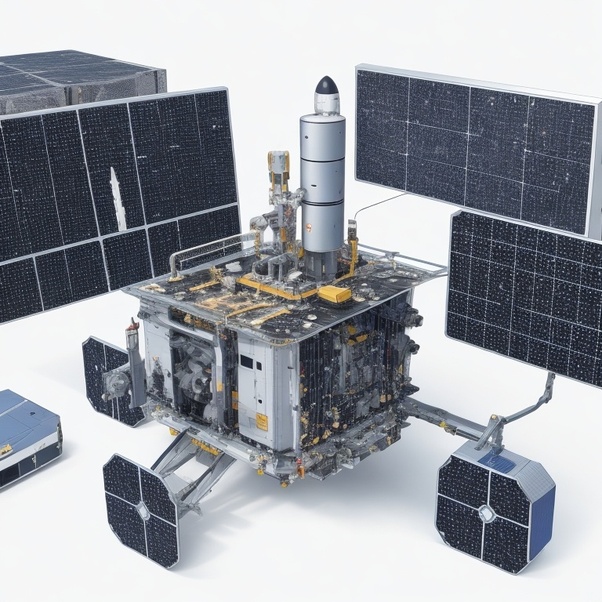Robotic satellites are spacecraft that are operated without human intervention. They are becoming increasingly important for a variety of tasks, including Earth observation, space exploration, and communications.
Implementation Plan
The following is a high-level implementation plan for developing and deploying robotic satellites:
- Identify the mission requirements. What tasks will the satellite be used for? What sensors and instruments will it need? What orbit will it need to be in?
- Design the satellite. This includes developing the spacecraft bus, payload, and ground control system.
- Build the satellite. This includes assembling the spacecraft and integrating the payload.
- Test the satellite. This includes testing the spacecraft's functionality and performance in a simulated environment.
- Launch the satellite. This involves contracting with a launch provider to place the satellite in orbit.
- Commission the satellite. This involves testing the satellite in orbit and configuring it for its mission.
- Operate the satellite. This involves monitoring the satellite's health and performance, and issuing commands to it as needed.
Budget
The cost of developing and deploying robotic satellites varies depending on the specific mission requirements. However, some general cost estimates can be made.
The cost of the spacecraft bus is typically the largest single expense. The cost of a spacecraft bus can range from $10 million to $100 million, depending on the size and complexity of the bus.
The cost of the payload is also a significant expense. The cost of a payload can range from $1 million to $100 million, depending on the type and complexity of the payload.
The cost of launching a satellite also varies depending on the size and mass of the satellite. The cost of launching a small satellite can be as low as $1 million, while the cost of launching a large satellite can be $100 million or more.
In addition to the cost of the spacecraft, payload, and launch, there are also ongoing costs associated with operating a satellite. These costs include ground control system costs, data processing costs, and insurance costs.
The total cost of developing and deploying a robotic satellite can range from $10 million to $500 million or more, depending on the specific mission requirements.
Examples of Robotic Satellite Missions
Here are some examples of robotic satellite missions:
- Earth observation satellites: These satellites are used to collect data about the Earth's surface, atmosphere, and oceans. This data is used for a variety of purposes, including weather forecasting, climate monitoring, and disaster response.
- Space exploration satellites: These satellites are used to explore the solar system and beyond. They have been used to make groundbreaking discoveries about planets, moons, comets, and asteroids.
- Communications satellites: These satellites are used to relay communications signals between different parts of the world. They are used for a variety of purposes, including telephone, television, and internet communications.
Benefits of Robotic Satellites
Robotic satellites offer a number of benefits over traditional human-operated spacecraft. These benefits include:
- Reduced cost: Robotic satellites are typically less expensive to develop and deploy than human-operated spacecraft.
- Reduced risk: Robotic satellites can be sent to dangerous or remote locations that would be too risky for human astronauts to visit.
- Increased flexibility: Robotic satellites can be programmed to perform complex tasks that would be difficult or impossible for human astronauts to carry out.
Conclusion
Robotic satellites are playing an increasingly important role in a variety of applications. They are less expensive, less risky, and more flexible than traditional human-operated spacecraft. As the technology of robotic satellites continues to advance, they are expected to play an even greater role in space exploration and other applications in the future.
- #RoboticSatellites
- #SpaceTech
- #BudgetPlanning
- #SatelliteTech
- #SpaceExploration
- #Astronomy
- #SpaceInnovation
- #TechBudget
- #SpaceMission
- #BudgetingForSpace
- #SatelliteDeployment
- #TechInnovation
- #SpaceBudget
- #MissionPlanning
- #RoboticsInSpace
- #SatelliteDevelopment
- #FutureTech
- #BudgetManagement
- #SpaceResearch
- #CostEfficiency
- #AdvancedTech
- #SpaceScience
- #FinanceSpace
- #SatelliteLaunch
- #SpaceBudgeting
- #AutomationInSpace
- #CostSavings
- #SpaceBudgetPlan
- #SatelliteEconomy
- #RoboticsInnovation

